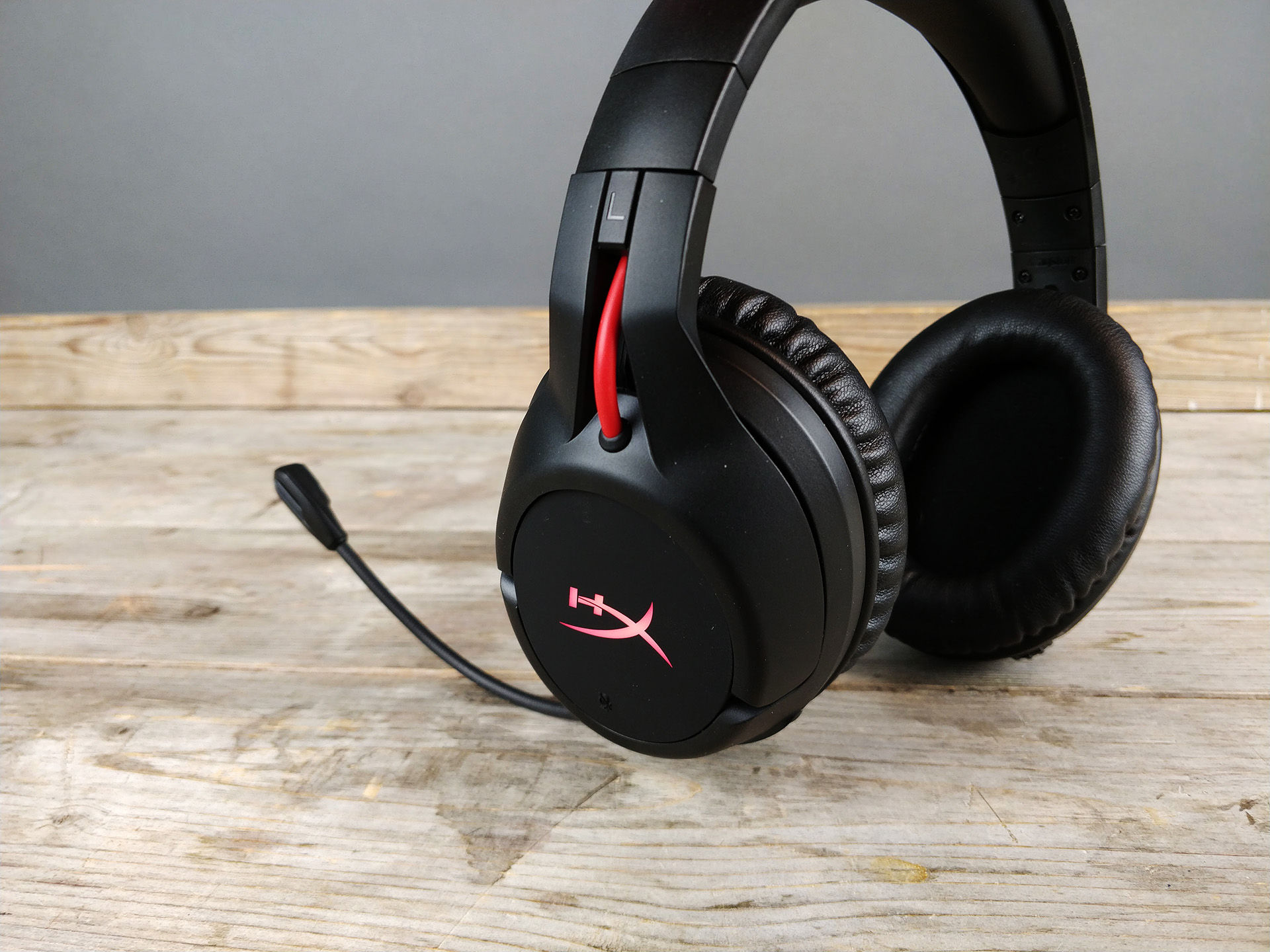

The Cloud Flight S offers 30 hours of use from a single charge, which is quite impressive. HyperX has omitted LED’s from the Cloud Flight S, which is something I appreciate, as I’ve never seen the purpose of RGB on gaming headsets and they are major battery drainers. The Cloud Flight S can’t be used outside of wireless mode and I think that is an oversight by HyperX, though I am not sure how many users will see this is a reason to avoid the headset, as its primary function is gaming. This is unfortunate, as the original Cloud Flight could be used on the go. While the original HyperX Cloud Flight wireless headset was capable of being used as in wired mode over a 3.5mm cable, this feature has sadly been omitted from the Cloud Flight S.
Hyperx cloud flight driver#
A wider frequency response doesn’t necessarily indicate better sound, but it does indicate that the driver is capable of handling a wider range of frequencies and should be less prone to breaking up. The HyperX Cloud Flight S offers a wider frequency response than it’s predecessor, ranging from an extremely low 10Hz up to an industry-typical 20,000Hz. Of course, HyperX makes their own Qi charging station, a very attractive dual-charging model known as the ChargePlay Base. I do have to question how many people are interested in Qi charging on a headset, though, as it is still a niche technology and requires the purchase of a compatible Qi charger. I am a huge proponent of wireless charging, so seeing more peripherals adopt it is nice, as I certainly will take advantage of the feature.

Perhaps the most interesting feature of the new HyperX Cloud Flight S is that they allow for Qi charging through the left ear cup.

Bringing features that were omitted from the original Flight, such as 7.1 surround and sidetone adjustment, along with some design changes and slight alteration of the sound signature, the Cloud Flight S look to continue the tradition of HyperX making comfortable, good sounding, well-built gaming headsets. While the Flight is still a solid headset, HyperX has taken it to the next level with the release of their Cloud Flight S. The Cloud Flight ended up being my favorite gaming headset to date, as they were simple, comfortable and offered great all around sound with decent microphone quality. HyperX was actually late to the party in January of 2019 when it came to producing their first wireless headset, the Cloud Flight. Since the release of the original Cloud, HyperX have continued to expand and refine their lineup. The result was a durable, comfortable gaming headset that actually sounded balanced. Unlike other gaming headsets at the time, chunky and aggressively designed, HyperX sourced a set of Takstar Pro80 studio headphones for the original Cloud headset. HyperX earned their solid reputation in gaming headsets when they released their original Cloud. Over the past few years I’ve had the opportunity to review a bevy of gaming headsets and while several have earned my recommendation, various HyperX headsets have been my go to recommendation to most of our readers. HyperX Cloud Flight S Wireless 7.1 Surround Sound Gaming Headset


 0 kommentar(er)
0 kommentar(er)
